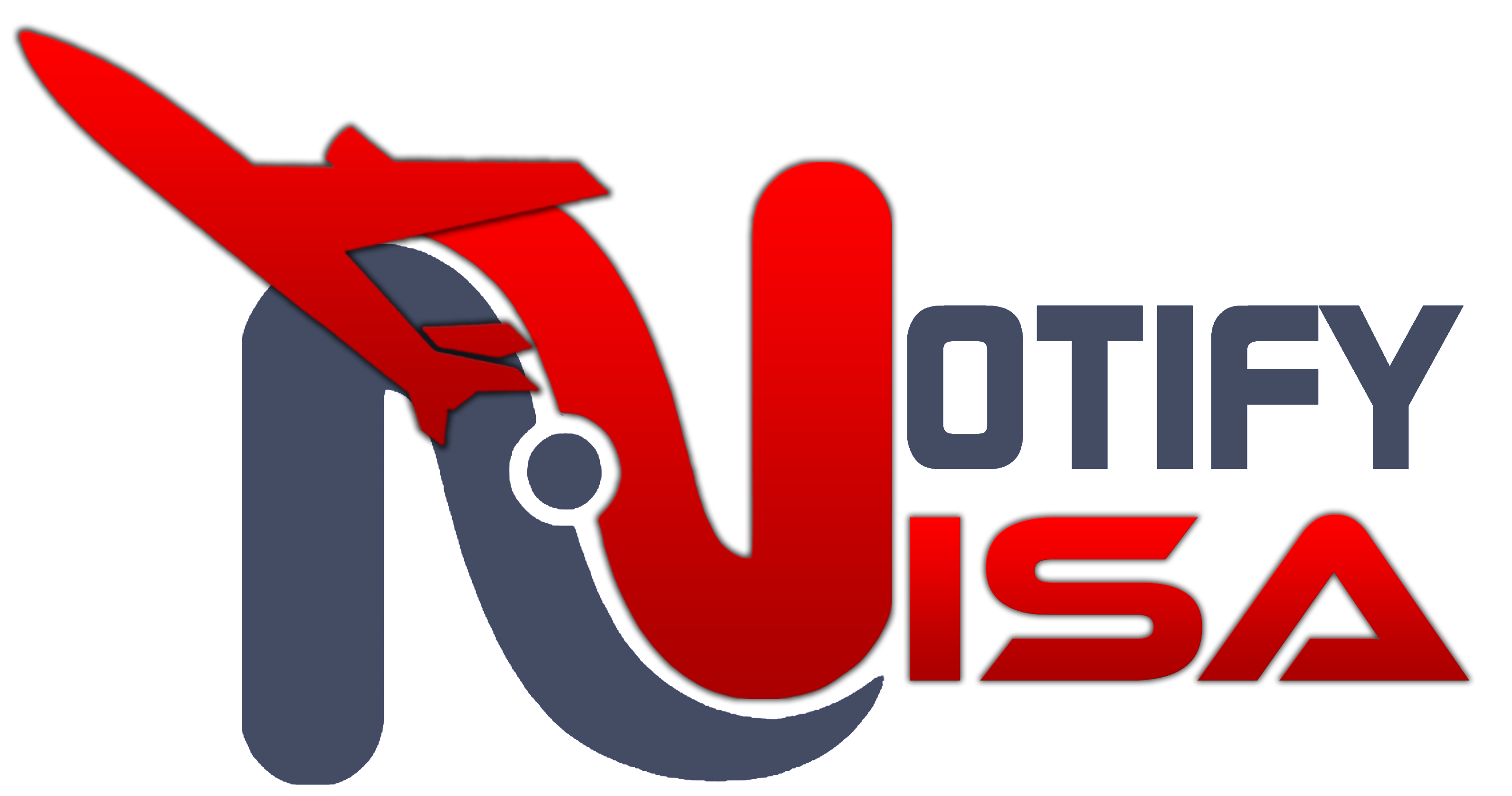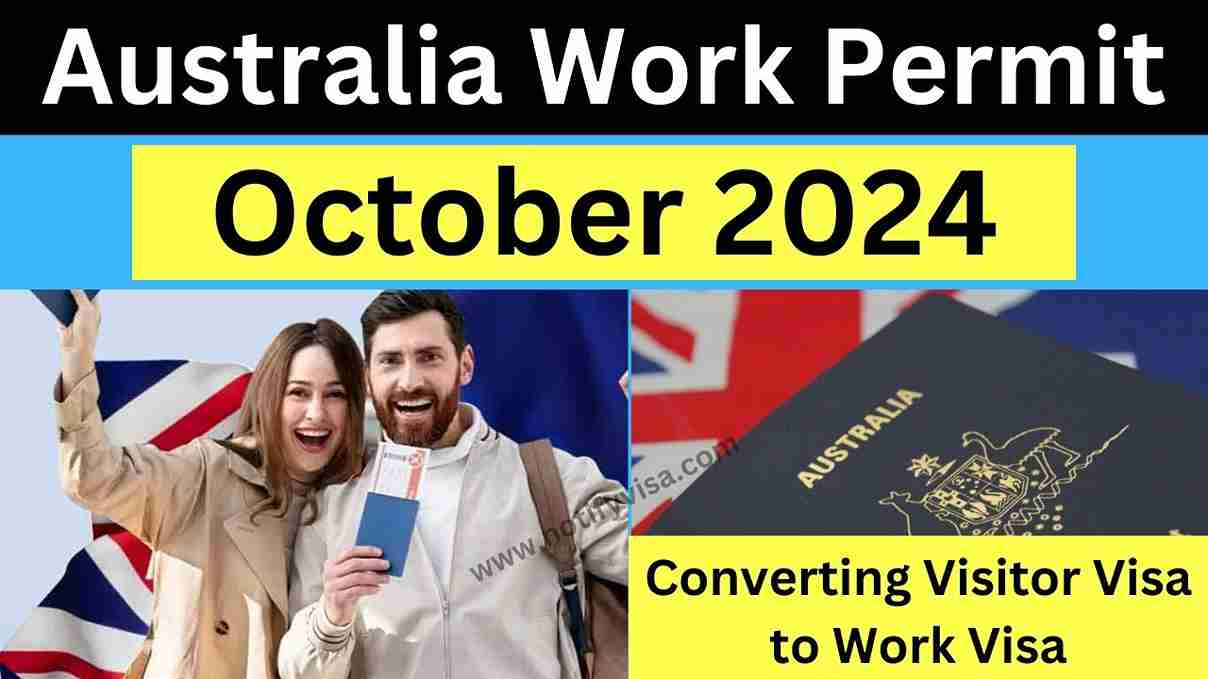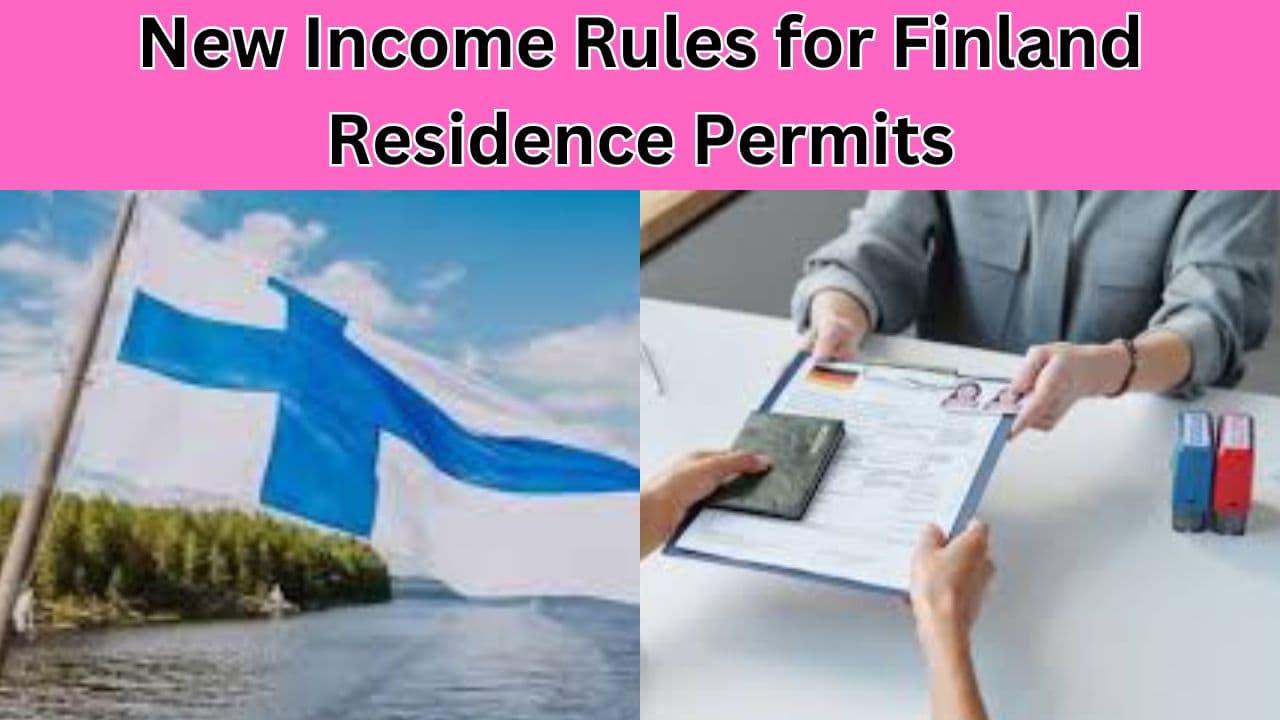It can be a stimulating experience to find employment in Australia while on a visitor visa. However, knowledge of Australia’s immigration regulations is necessary when switching from a guest visa to a work visa. It is possible, but specific requirements and tactics need to be fulfilled.
Getting your manager’s approval is the first step in converting your visitor visa to a work visa. They can provide you with a work visa after it has been confirmed. You will then need to submit an application for a visa, showcasing your skills, qualifications and job history. Keep in mind that you must apply for a work visa from your home country and leave Australia to complete this process.
It is strongly advised to speak with an attorney or enlisted movement operator. They can help you with the appropriate printed materials, ensure that you fulfill all the valid requirements and guide you through the application procedure with ease.
Check Also: How to Apply for Australia eVisitor Visa October 2024
How to Convert an Australian Visitor Visa to a Work Visa?
It takes more than just downloading and submitting one form to change your visa status from guest to work in Australia. It necessitates a methodical approach modeled after Australian immigration regulations. Let’s go over how to apply for a work permit in Australia.
Eligibility for Work Permits from Visitor Visas:
It is critical to comprehend the fundamental qualifying requirements before beginning the work permit application process. It is not possible to convert a visitor visa into a work permit directly. You must instead apply for the proper skilled worker visa category such as the Temporary Skill Shortage (TSS) visa Subclass 482. Skilled professionals who want to work temporarily in the nation can apply for this visa.
Eligibility Criteria for Australia Work Permit October 2024:
See if the job qualifies for a Guest Visa Australia:
- Skills Assessment: To make sure you meet the requirements of the job certain positions will test you on these skills.
- Requirements for the English dialect: Certain English proficiency requirements, such as IELTS or combined PTE scores are met by some employers for their work visas.
- Checks of your health and character are also required to apply for the visa. These requirements are normal for Australian visas and include the well-being prerequisite and the character requirement.
Look into Australian Work Visas:
For individuals seeking employment in Australia a variety of work visa options are available the one you choose will rely on your skills, talents and the sector you plan to work in.
TSS Visa (Subclass 482): Temporary Aptitude Deficiency Visa
With this visa the manager can hire a foreign expert in a skilled field in Australia. For non-natives who wish to change their status from a guest visa holder to a work visa holder in Australia, the visitor visa to Brief Expertise Deficiency (TSS) is hence the most common. You need a supportive Australian boss to make you an offer.
Subclass 186, Employer Assignment Conspire:
According to his employer’s recommendation it grants the skilled worker the chance to live and work in Australia.
Autonomous skilled Visa (Subclass 189):
You are eligible for this points-based visa if you are capable and meet the requirements if not you do not have a manager who is ready to help.
Graduate Visa Temporary (Subclass 485):
Universal understudy who have finished their coursework, research, skills development training or other relevant academic activities in Australia are eligible for this visa. While it has nothing to do with changing a visitor visa it is relevant to people studying in Australia.
Visa for Working Occasions (Subclasses 417 and 462):
Although it is not a long-term option some holders of visitor visas who want to stay longer and find work apply for a working occasion visa which is granted to nationals of specific nations.
Find a Job or Sponsor:
Getting a job offer or sponsorship from an Australian manager is one of the typical requirements for a work visa. Any manager who wants to assist remote workers must have the Department of Domestic Undertakings’ approval. Applying for many work visas, including the Transitory Expertise Deficiency (TSS) visa now requires this as a prerequisite.
How to Find a Sponsor in Australia:
- Networking: Sharing work on LinkedIn, social media platforms, worksheets and through contacts within the sector.
- Employment Entrances: For applicants who are willing to work abroad, popular websites like Look For, Without a Doubt and LinkedIn feature employment openings.
- Recruitment Organisations: Business offices can put you in touch with companies willing to provide foreign workers work visas.
The Steps Listed Below Must be Followed to Get a Canada Significant Work Visa:
According to your situation you should apply for the appropriate work visa after receiving a job offer. Depending on the type of visa being sought the manager may be required to hold up a designation while you approve a visa application.
Required Documents:
- Job Offer: A formal business offer on letterhead from the Australian CEO a counteroffer that shows the manager’s willingness to help the candidate.
- Passport: Consular fees, a large visa with enough days left and occasionally a recently expired passport.
- Certificates of Qualification: Attestation of your achievements in education and employment.
- Skills Appraisal: You will require an assessment of your competence from an approved specialist in Australia for certain positions.
- Health Protections: Depending on the type of visa you hold, you will need to obtain private health insurance.
- Police Clearance Certificate: A police clearance certificate is typically required to satisfy character standards.
Expect Your Visa to be Approved:
You will receive a visa from the Office of Domestic Issues after submitting your application. The type of visa needed and the specifics surrounding the trip determine how long it takes to prepare. To change a visa, you should support and research Australian migration laws and check the application online.
Common Types of Skilled Work Visas in Australia:
In Australia, competent professionals can apply for a variety of work visas. Based on the boss’s requirements and level of experience each visa is designed to satisfy specific needs. The following are the most prevalent types of Australian work visas:
- Deficiency Visa for Temporary Expertise (TSS) (Subclass 482): This visa enables employers to support outside experts to cover skill gaps. It can be given for a maximum of four years based on the requirements of the employer and the nature of the employment.
- Subclass 186, the Employer Assignment Plot (ENS) Visa is often a changeless resident visa that allows skilled professionals to remain and work in Australia for an indefinite time. There are three different streams for this visa depending on whether you’re applying from outside of Australia or switching from a transitory visa.
- Skilled Free Visa (Subclass 189): This type of visa is based on points and does not need manager sponsorship. You must pass a focus test based on your aptitudes, age and English proficiency to be eligible for a job on the Talented Occupation List (SOL).
- Skilled Assigned Visa (Subclass 190): This visa follows a specific framework, but you must be designated by an Australian state or territory. You must dwell and work in the chosen state or territory to receive permanent residency.
- Regional Supported Relocation Conspire (RSMS) Visa (Subclass 187): For talented workers who wish to work in territorial Australia, the RSMS visa is described. To address skill gaps in territorial areas it necessitates a nomination from an Australian supervisor.
Final Words:
The primary document that the Australian government issues to allow foreign nationals to work in Australia is a work permit. The work visa you have got confirms your legal right to work in Australia. There are two types of Australian work visas temporary and permanent. The type of visa you apply for is determined by your profession and skills.




Yes
Yes